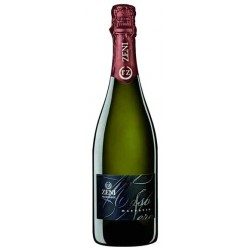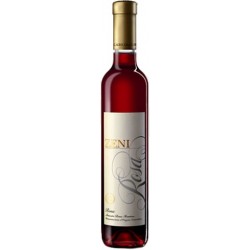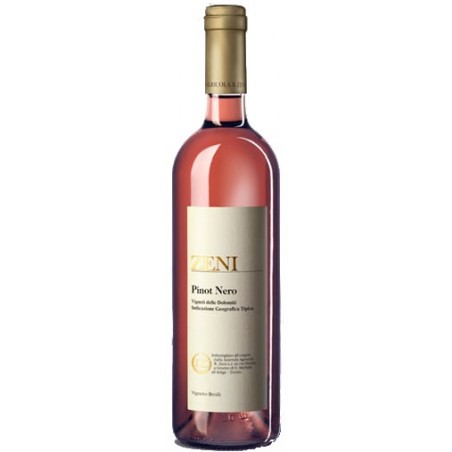8 DECEMBER 1882 - the Foundation
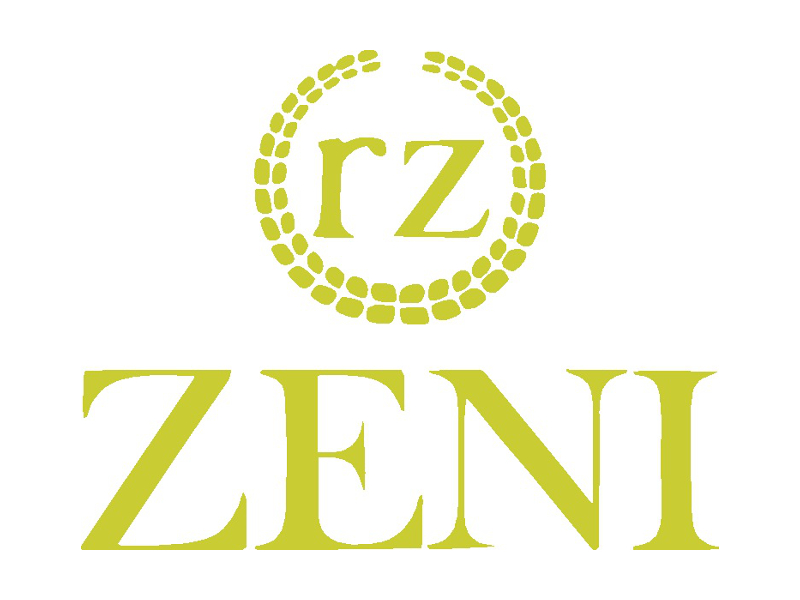 After a great deal of hard work and endless requests and paperwork, Roberto Zeni had obtained a licence to open a small restaurant (‘osteria’) near the bridge over the River Adige from the representative authorities, in the South Tyrol the Emperor of Austria Franz Joseph I of Habsburg and Lorraine. Friends and acquaintances celebrated and, on that occasion, the old man served a Teroldego wine obtained from the first grape harvest from some of the vineyards in the “Pini” area. The Campo Rotaliano, cradle of the Teroldego, was created precisely in this period when the Habsburg-Lorraine Empress had the dammed the River Adige and the Torrente Noce drained, creating ideal land for growing vines. With the drainage, also the Pini vineyard expanded and, over the years, the old man bought plots of land planted with vines, thereby adding the Pinotti, Zaraosti, Broili and Sorti vineyards.
After a great deal of hard work and endless requests and paperwork, Roberto Zeni had obtained a licence to open a small restaurant (‘osteria’) near the bridge over the River Adige from the representative authorities, in the South Tyrol the Emperor of Austria Franz Joseph I of Habsburg and Lorraine. Friends and acquaintances celebrated and, on that occasion, the old man served a Teroldego wine obtained from the first grape harvest from some of the vineyards in the “Pini” area. The Campo Rotaliano, cradle of the Teroldego, was created precisely in this period when the Habsburg-Lorraine Empress had the dammed the River Adige and the Torrente Noce drained, creating ideal land for growing vines. With the drainage, also the Pini vineyard expanded and, over the years, the old man bought plots of land planted with vines, thereby adding the Pinotti, Zaraosti, Broili and Sorti vineyards.
1974 - Tradition and innovation
The latest generation of Zenis began their work around 1973 when the two brothers, Roberto and Andrea Zeni, still students at the Winemaking School in S. Michele all’Adige, bottled a small batch of Teroldego Rotaliano, about a thousand bottles, borrowed from their Father Romano. The bottles were naturally used to wet the whistles of teachers, caretakers and fellow students, as well as a few wine journalists. In 1975, once they had finished their studies, the idea of developing their father’s wine-growing and producing business took shape and the two brothers founded two new companies: the R. Zeni Commercial Farm and the Zeni Distillery. The aim was to create quality wines and grappas, always unfailingly starting from the origin: for the wine, the vineyard was therefore fundamental, while in the distillery, the presence of the still was essential in order to distil the pomace produced in the winery. Quality, therefore, not quantity: given the high level of competition in the sector, the only real hope of selling their products with dignity was to market them towards market niches which were oriented towards high-quality products, products which were innovate or maybe even did not exist yet, dictated by sophistication and finesse; in a nutshell, a boutique article. An ambitious project, which entailed a high level of commitment in terms of work and organisation: agricultural reconversion, modernisation of the winery both as a structure and in terms of equipment, activation of the stills and, naturally, sales organisation. In 1988, the company purchased a plot of land of approximately twelve hectares of vineyards called the Maso Nero, located on the Sorni hill, along the ‘Wine Trail’, at an altitude of four hundred metres, with south-westerly exposure and a slope of between 40% and 50% with dolomitic calcareous terrain. Given the precarious and obsolete location of the vineyard, the plot required significant improvement to the land, which entailed the reorganisation of both the territory and the type of training on the vineyard. Given the significant slope, all the terraces and relative escarpments were removed, creating large, oblique plains. The vineyard is cultivated with the vines following the steepest slope. The headland access roads, which are perfectly flat, ensure manoeuvring stability and passive safety for the tractor. The vineyard takes its inspiration from French concepts linked to the highest quality production, but also to the vineyards existing in the Trentino region at the end of the last century.
Zeni today
To the present day, the family still lies at the heart of our business. Production has stabilised at about 190,000 bottles, obtained through working a vine-planted surface area of about twenty hectares. There are plenty of innovations in the vineyard, the winery and the distillery thanks to continuous modernisation of the working tools in addition to professional training. In 1994, the conversion of the Maso Nero vineyard began to bear its first fruits, managing to give yet another mark of quality to wines such as the Nosiola, Sauvignon Blanc, Pinot Nero and Moscato Rosa. In the same year, our firm belief in a vineyard and in the most complete expression of the territory led us to consider the potential of the Nosiola grape as the base for a sparkling wine refermented in a pressure tank: this saw the birth of Arlecchino, a sparkling wine which is excellent as an aperitif but which also goes well with antipasti and seafood-based pasta dishes. In recent years, our greatest efforts have been focussed on two areas; the first in the vineyard, in order to ensure correct ripening of the grapes, thereby allowing us to cellar a raw material which is very sugary and, in the case of the red grape varieties, with soft and complex tannins. The second and subsequent area was processing the grapes using the partial drying technique and improving the alcohol fermentation process. Partial drying is a popular technique used by winemakers worldwide, but it has never taken off in Trentino, with the exception of the production of Santo Trentino Wine. In 1999, we decided to equip ourselves with a moderate number of modern-style rush mats in order to partially dry the Pinot Bianco grape; the aim was to increase the aromas of this grape variety. From simple but elegant aromas, we were able to obtain a bouquet of incredible aromas such as pineapple, apricot and hints of mixed flower honey, in addition to a significant alcohol content. This gave us the new version of Sortì, in production since 1976. The results of this wine encouraged us to set our sights further and, with another pioneering act, in 2003, we harvested a few hundred kilos of Teroldego grapes to lay on these modern rush mats. The result was surprising: the colour became even more concentrated and impenetrable to light, the aroma was heavenly, intense with small fruits, blackcurrants, raspberries, cherries and slightly spicy. The technique is, therefore, completely balanced and used on two levels: after 30 days, the Teroldego is added to the Teroldego Pini reserve, while the part of the grapes left drying until Christmas gives birth to Ororosso, the latest arrival in the Zeni household. Innovations have not been lacking in the distillery either. In 1994, the still was changed in order to obtain an even purer, finer product, able to transmit the aromas of fresh pomace. In the same year, the binning cellar, where the Pini grappa is aged, was expanded. The first Pini grappa came about in 1984, with just six years of ageing in oak to create the 10-year version. The objective for the future, maybe for the new generation, will be a grappa aged for 20 years.

.png)
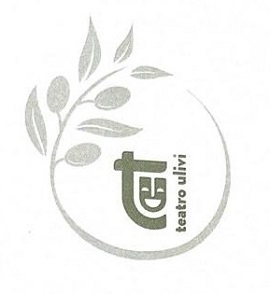

 - Copia.png)

 - Copia.jpg)

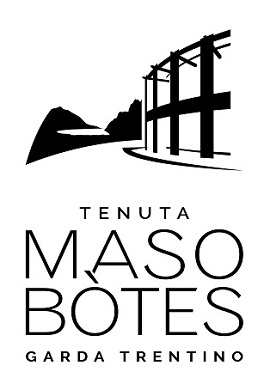
 After a great deal of hard work and endless requests and paperwork, Roberto Zeni had obtained a licence to open a small restaurant (‘osteria’) near the bridge over the River Adige from the representative authorities, in the South Tyrol the Emperor of Austria Franz Joseph I of Habsburg and Lorraine. Friends and acquaintances celebrated and, on that occasion, the old man served a Teroldego wine obtained from the first grape harvest from some of the vineyards in the “Pini” area. The Campo Rotaliano, cradle of the Teroldego, was created precisely in this period when the Habsburg-Lorraine Empress had the dammed the River Adige and the Torrente Noce drained, creating ideal land for growing vines. With the drainage, also the Pini vineyard expanded and, over the years, the old man bought plots of land planted with vines, thereby adding the Pinotti, Zaraosti, Broili and Sorti vineyards.
After a great deal of hard work and endless requests and paperwork, Roberto Zeni had obtained a licence to open a small restaurant (‘osteria’) near the bridge over the River Adige from the representative authorities, in the South Tyrol the Emperor of Austria Franz Joseph I of Habsburg and Lorraine. Friends and acquaintances celebrated and, on that occasion, the old man served a Teroldego wine obtained from the first grape harvest from some of the vineyards in the “Pini” area. The Campo Rotaliano, cradle of the Teroldego, was created precisely in this period when the Habsburg-Lorraine Empress had the dammed the River Adige and the Torrente Noce drained, creating ideal land for growing vines. With the drainage, also the Pini vineyard expanded and, over the years, the old man bought plots of land planted with vines, thereby adding the Pinotti, Zaraosti, Broili and Sorti vineyards.